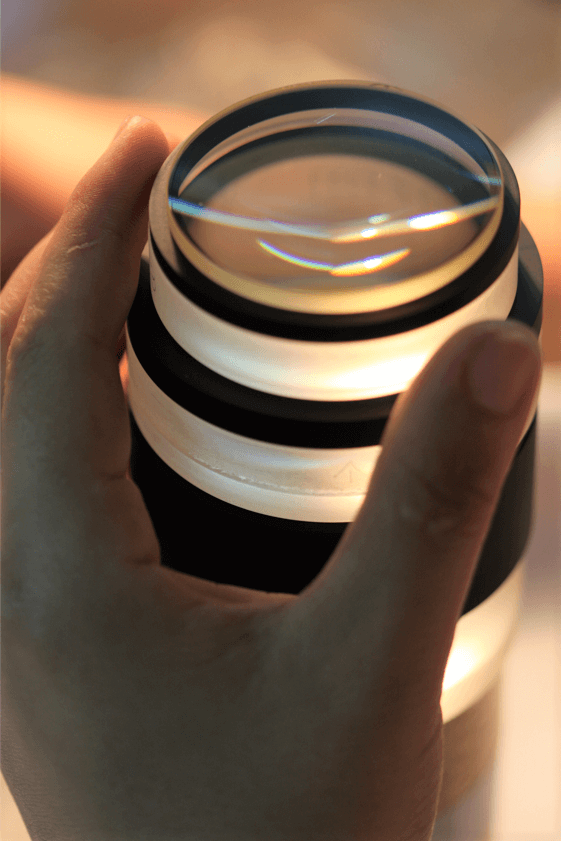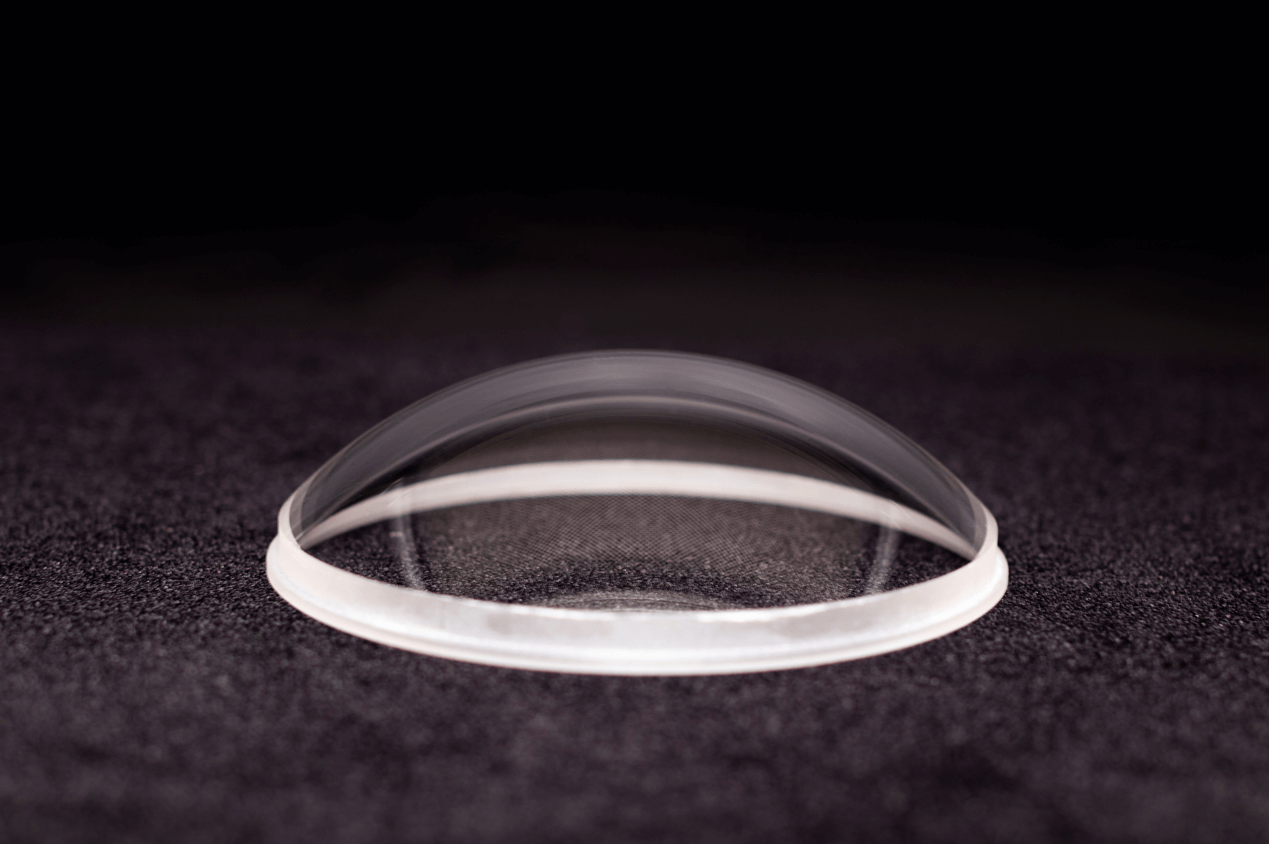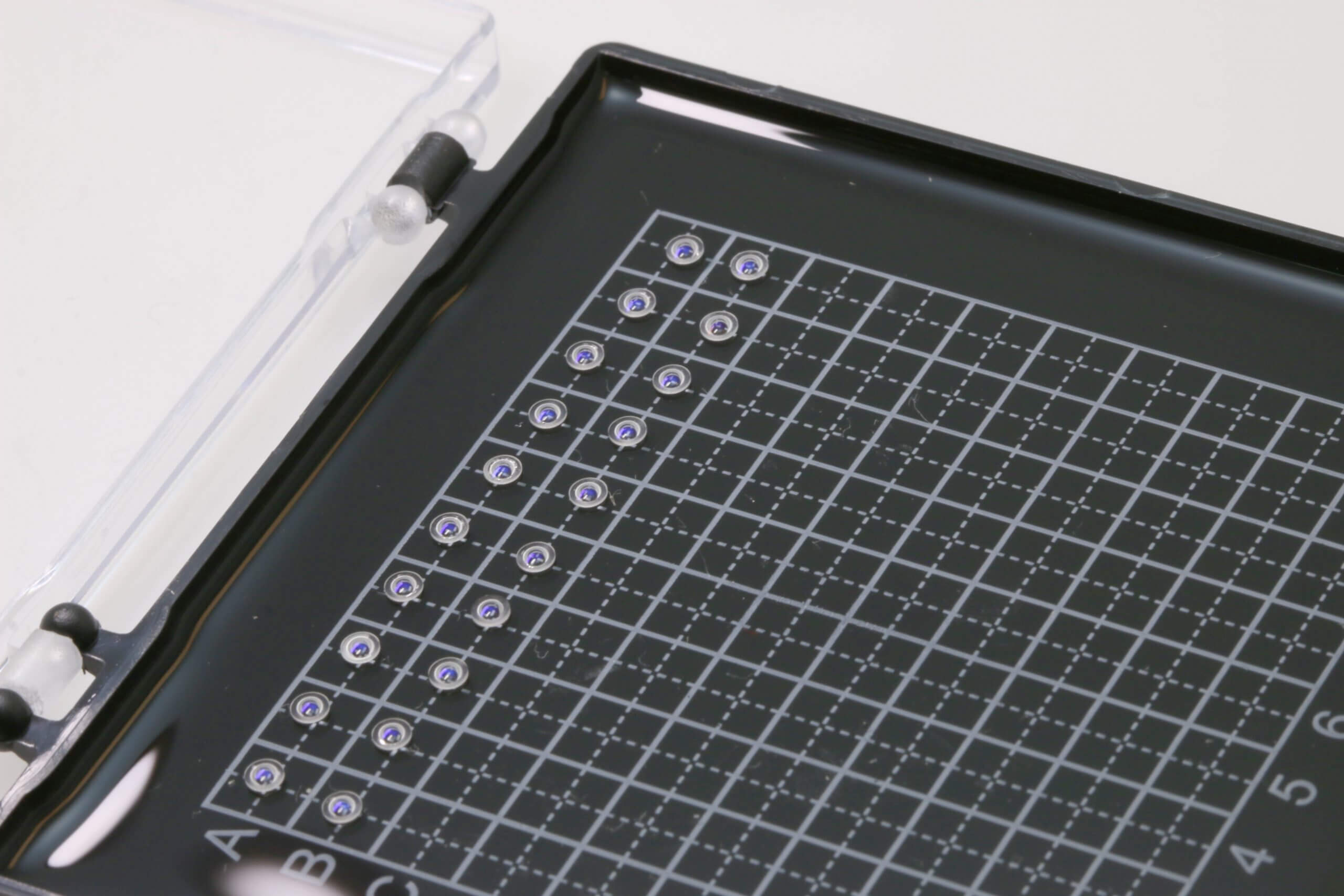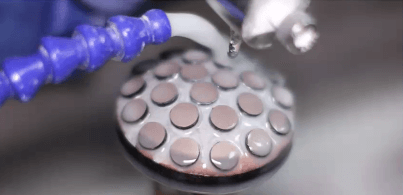Posted on: Monday, March 21st, 2022 In: Learning Optics with Austin
In the previous post, we looked at how changing the focal lengths produced different images (and virtual images) for SINGLE lenses. Sometimes, however, a system of lenses is needed to produce a desired image. A system is composed of two or more lenses assembled together. A good example of a system is the eyepiece of a microscope. While the name indicates that this is the part of the instrument viewed by the eye, the eyepiece itself is an assembled system containing multiple lenses inside.

Assembling a System of Lenses
Not all eyepieces are the same. In order to know what eyepiece a customer needs, an optics designer first needs to know what the customer wants. For example, if the customer wants a magnified image, then the designer should choose a convex lens as all concave lenses shrink the image. Convex and concave are not the only requirements in lens design though. The material the lens is made of can change the refractive index of the lens. Of course, the higher the refractive index, the costlier it is to manufacture the lens and thus, the more expensive the material.

Fused Silica is an expensive type of glass used to make this particular dome
Thickness is another requirement that will influence the price. As electronic devices such as the cell phone camera get smaller and smaller, so does the need for the lens to become smaller and smaller. Making a thin lens with the same properties as a thick lens is not easy, and so the thinner the lens, the higher the price of manufacturing.

The size of the container for these micro lenses is about the palm of a hand- the lenses are really tiny!
Coatings can also be added onto lenses in order to increase or decrease reflectivity. Normal glass lenses have a reflectivity around 4% and so if the reflectivity is to be changed, coatings are needed. Coatings of course, do not come without a cost and thus coating a lens will cost more than the same lens without coating.

High Speed Precision Grinding (video)
The smoothness of the lens affects the imaging precision. This is why a scratched up mirror does not produce as clear of an image as a polished mirror. Surface figure precision measures smoothness and a smoother surface requires more effort to create which is another factor that increases the price of the lens. In determining the type of material, thickness, coating, and surface figure precision of a lens, an increase in quality generally leads to an increase in price.
Next: Lesson 8 – Prisms and Total Internal Reflection
